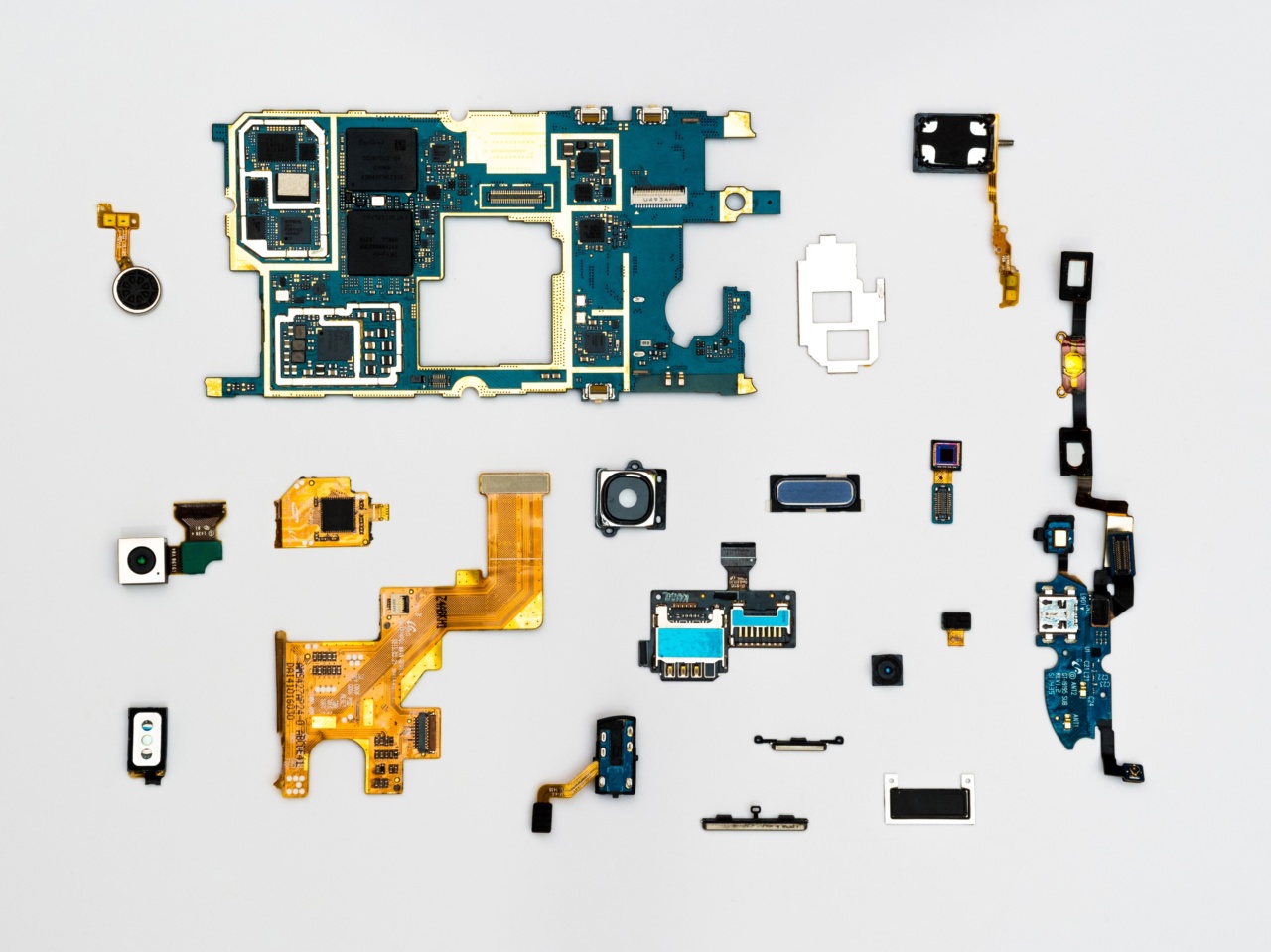Mastectomy is a common procedure involving the removal of breast tissue, often in the case of breast cancer. While it can be life-saving, it can leave women with scars and a lack of breast tissue that can impact body image and quality of life.
Robotic mastectomy repair (RMR) has emerged as a newer technique that can help improve the outcomes and experiences of women undergoing mastectomy. In this article, we will explore some of the recent advancements in RMR.
What is Robotic Mastectomy Repair?
Robotic mastectomy repair is a surgical technique using a robot to perform breast reconstruction surgery following mastectomy. The robot is controlled by a surgeon who uses a console to manipulate the robotic arms that perform the surgery.
The robotic arms have more range of motion and precision than human hands.
Advancements in Robotic Mastectomy Repair
Better Precision and Accuracy
One of the major benefits of RMR is the ability to perform a more precise and accurate surgery compared to traditional methods. The robotic arms can make tiny incisions with greater accuracy, reducing tissue trauma and scarring.
This can lead to a faster and less painful recovery for patients. Additionally, the robot can aid in the reconstruction process by creating a 3D reconstruction of the breast, helping the surgeon to better plan and execute the procedure.
Less Invasive Procedure
RMR can be a less invasive procedure than traditional mastectomy and reconstruction surgery. This is because the scars are smaller and there is less trauma to surrounding tissue.
Additionally, the recovery period is shorter, allowing patients to return to their normal activities sooner.
Customized Treatment Plan
Robotic mastectomy repair can provide a customized treatment plan for each patient. The robot can create a 3D model of the patient’s breast and the surgeon can use this model to plan the surgery.
This ensures that the reconstruction is tailored to the patient’s specific needs and body shape, leading to a more natural appearance and a better outcome overall.
Improved Outcomes
Many studies have shown that RMR leads to improved outcomes compared to traditional mastectomy and reconstruction surgery. This can include less scarring, faster recovery, and a more natural appearance.
Additionally, RMR can help to preserve the patient’s range of motion in the arm, which can be impacted by traditional surgery.
Reduced Risk of Complications
RMR can have a reduced risk of complications compared to traditional mastectomy and reconstruction surgery. This is because the robotic arms can make more precise incisions, which reduces the risk of nerve damage and blood loss.
Additionally, RMR can be less traumatic to surrounding tissue, reducing the risk of infection and other complications.
Combination with Nipple-Sparing Mastectomy
Nipple-sparing mastectomy (NSM) is a technique where the nipple and areola are preserved during mastectomy. This can lead to a more natural appearance and better sensory outcomes for patients.
RMR can be combined with NSM to provide an even more customized and natural-looking reconstruction.
RMR for Male Mastectomy
RMR can also be used for male mastectomy, which is a procedure that is becoming more common as more men undergo surgery to remove breast tissue. RMR can help to create a more natural-looking chest and improve the outcomes of male mastectomy patients.
More Efficient Surgery
RMR can be a more efficient surgery compared to traditional mastectomy and reconstruction surgery.
This is because the robot allows for a more precise and streamlined procedure, which can lead to shorter surgery times and less trauma to the patient’s body. This can also lead to reduced healthcare costs overall.
Better Patient Satisfaction
Many patients report higher satisfaction with RMR compared to traditional mastectomy and reconstruction surgery. This is because RMR can provide a more natural-looking breast, improve the patient’s self-image, and lead to a faster recovery.
Additionally, RMR can be less traumatic and less painful than traditional surgery, which can improve overall satisfaction.
Improved Training for Surgeons
Robotic mastectomy repair requires specialized training for surgeons. This can lead to better outcomes and fewer complications for patients.
Additionally, the use of robotics in surgery can lead to improved training opportunities for surgeons, allowing them to develop and refine their skills in a controlled environment.
Conclusion
Robotic mastectomy repair is a relatively new technique that is becoming more common in the treatment of breast cancer.
It offers many benefits over traditional mastectomy and reconstruction surgery, including less scarring, more natural appearance, and improved outcomes overall. As the technology continues to evolve, it is likely that we will see even more advancements in RMR in the years to come.





















